Grotto of the Redemption — The Epicenter of Midwestern Grottos
Artist-built Environment | Religious/spiritual | Open to the public
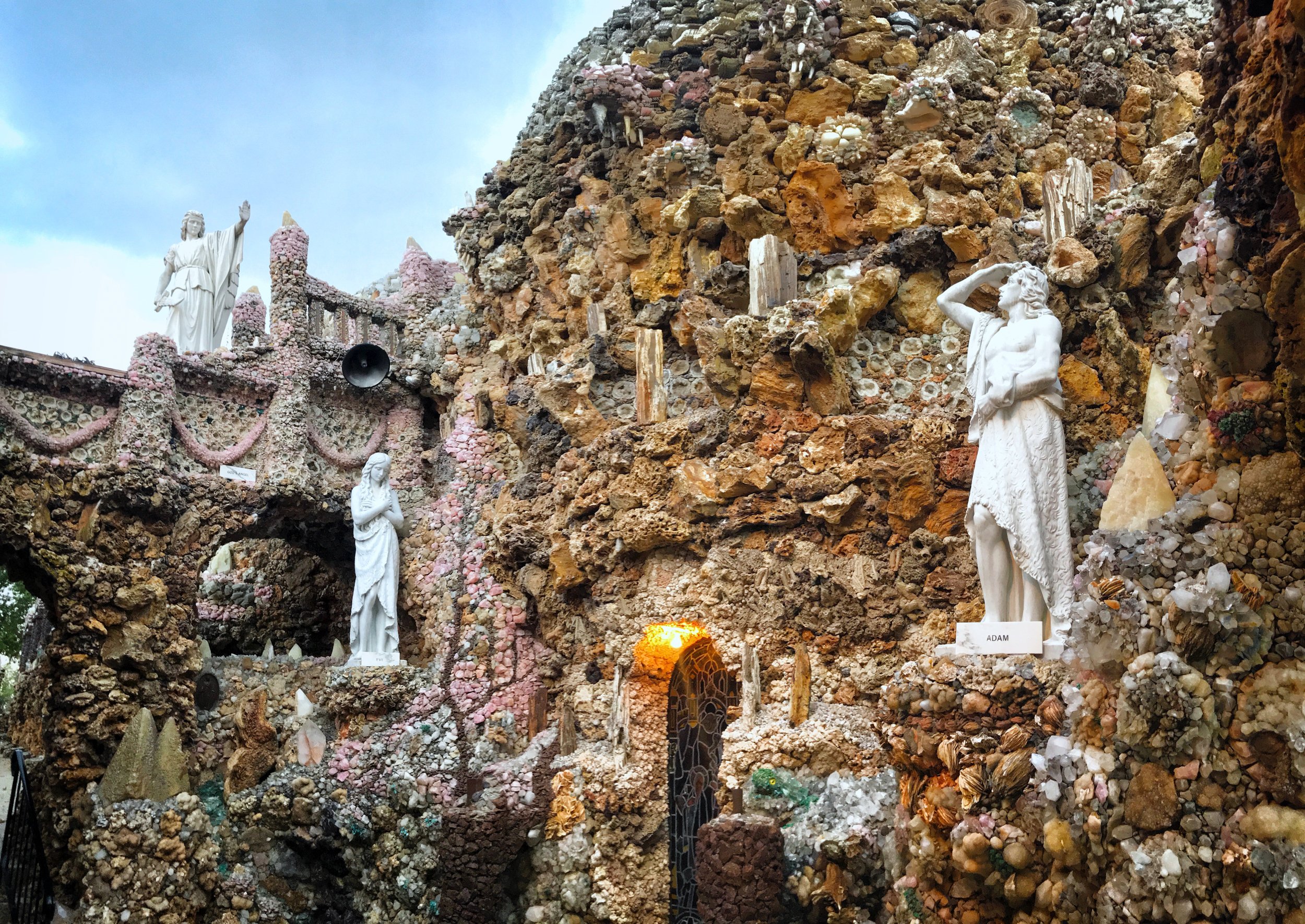
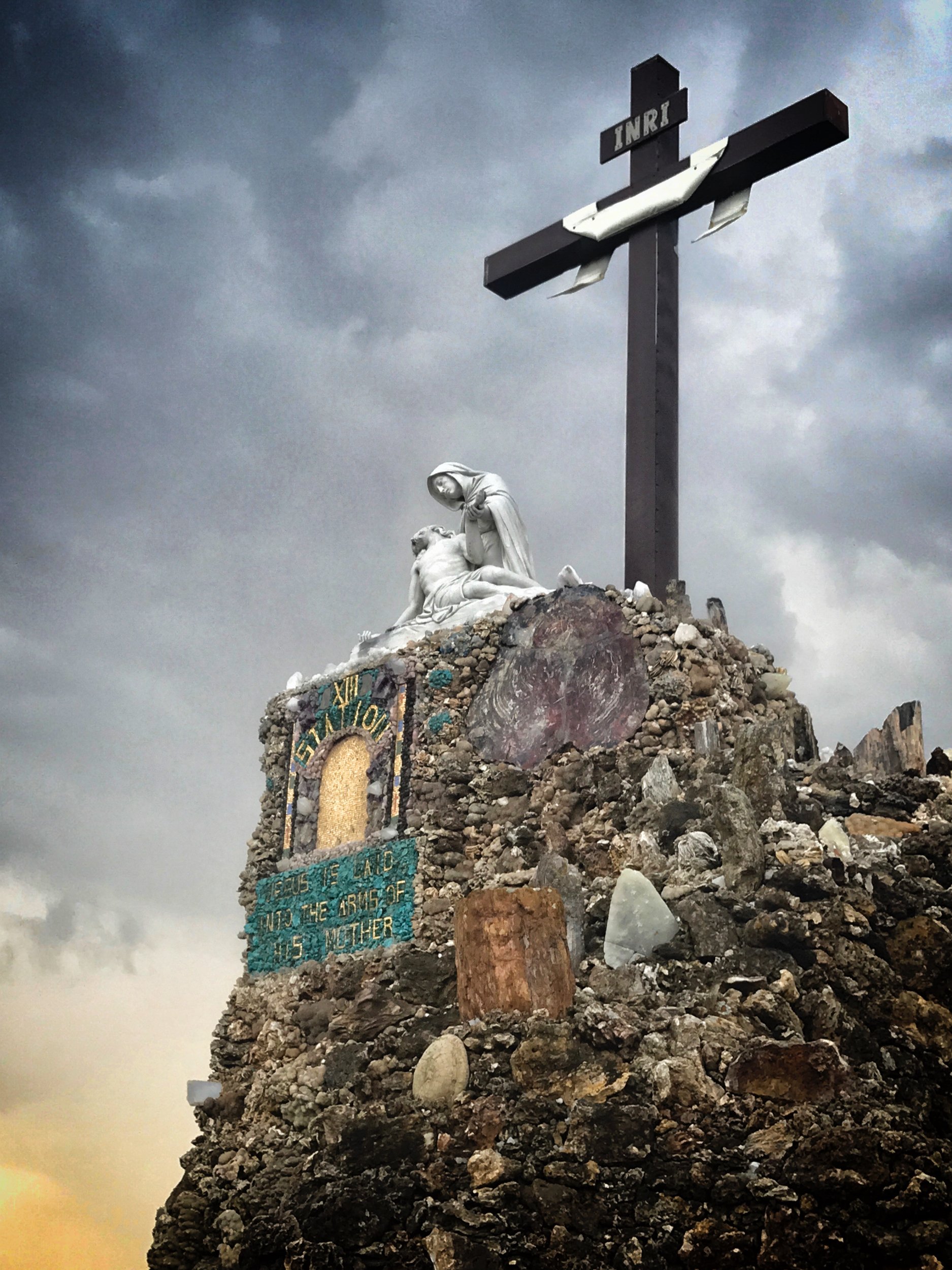

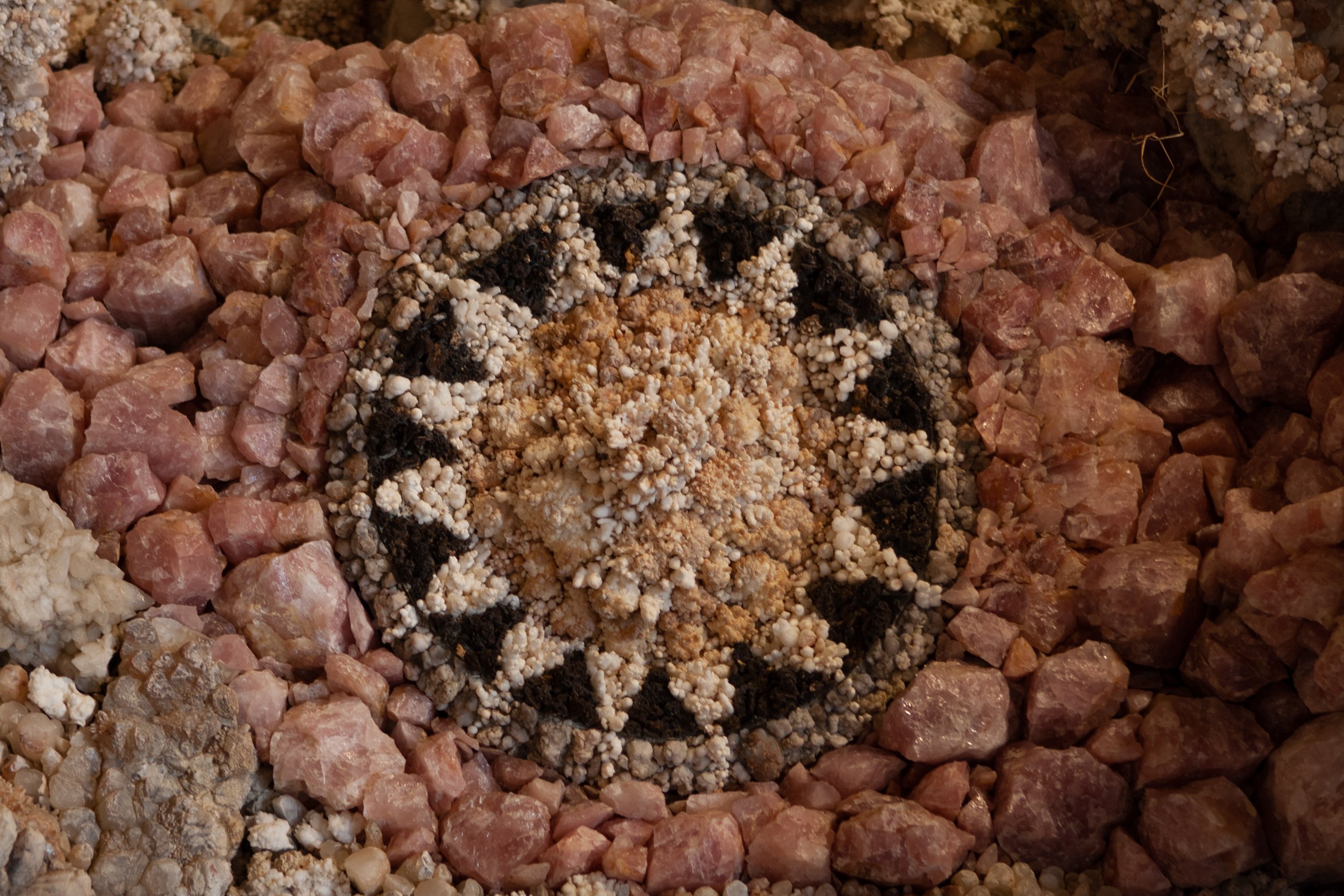
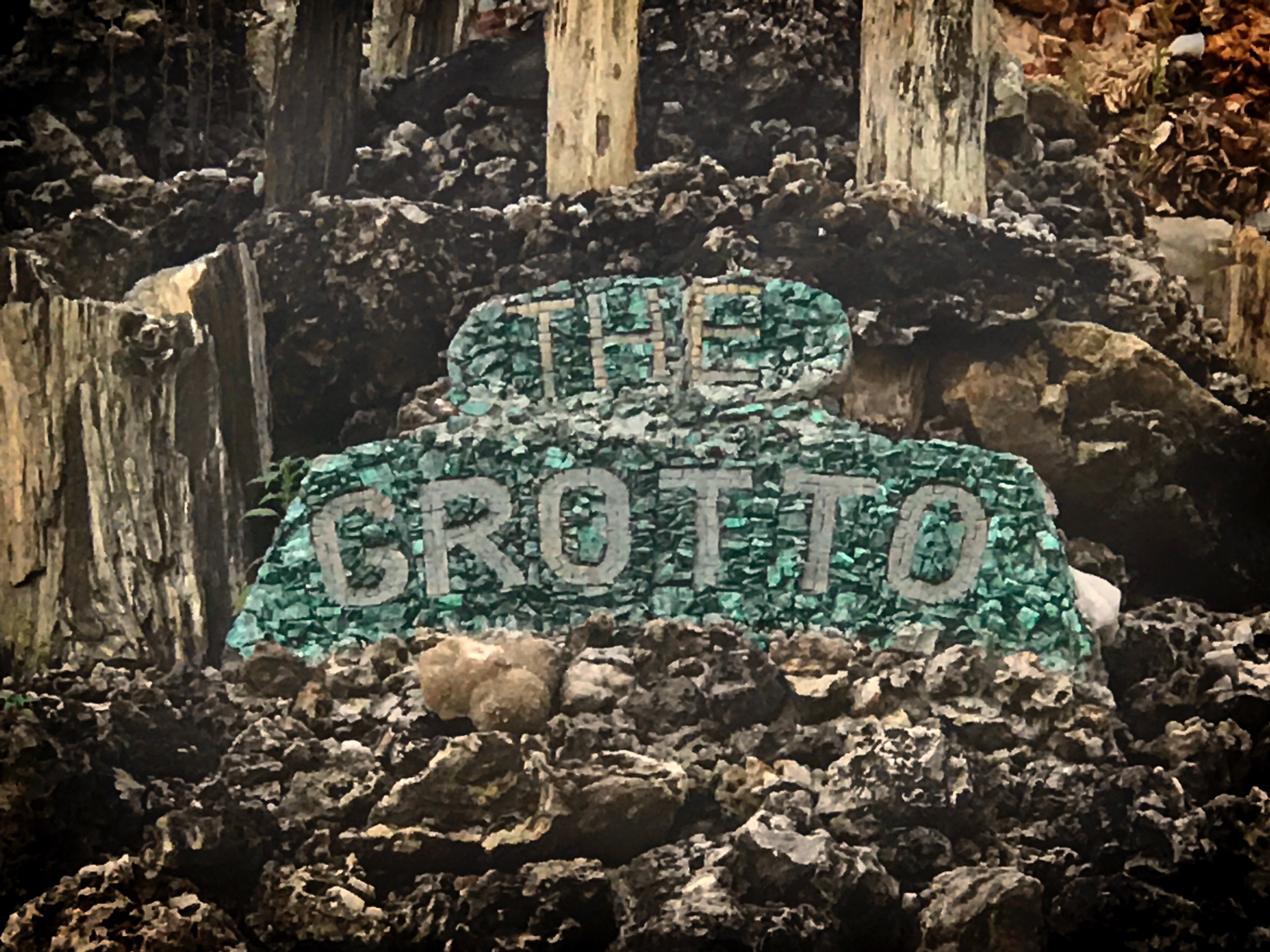
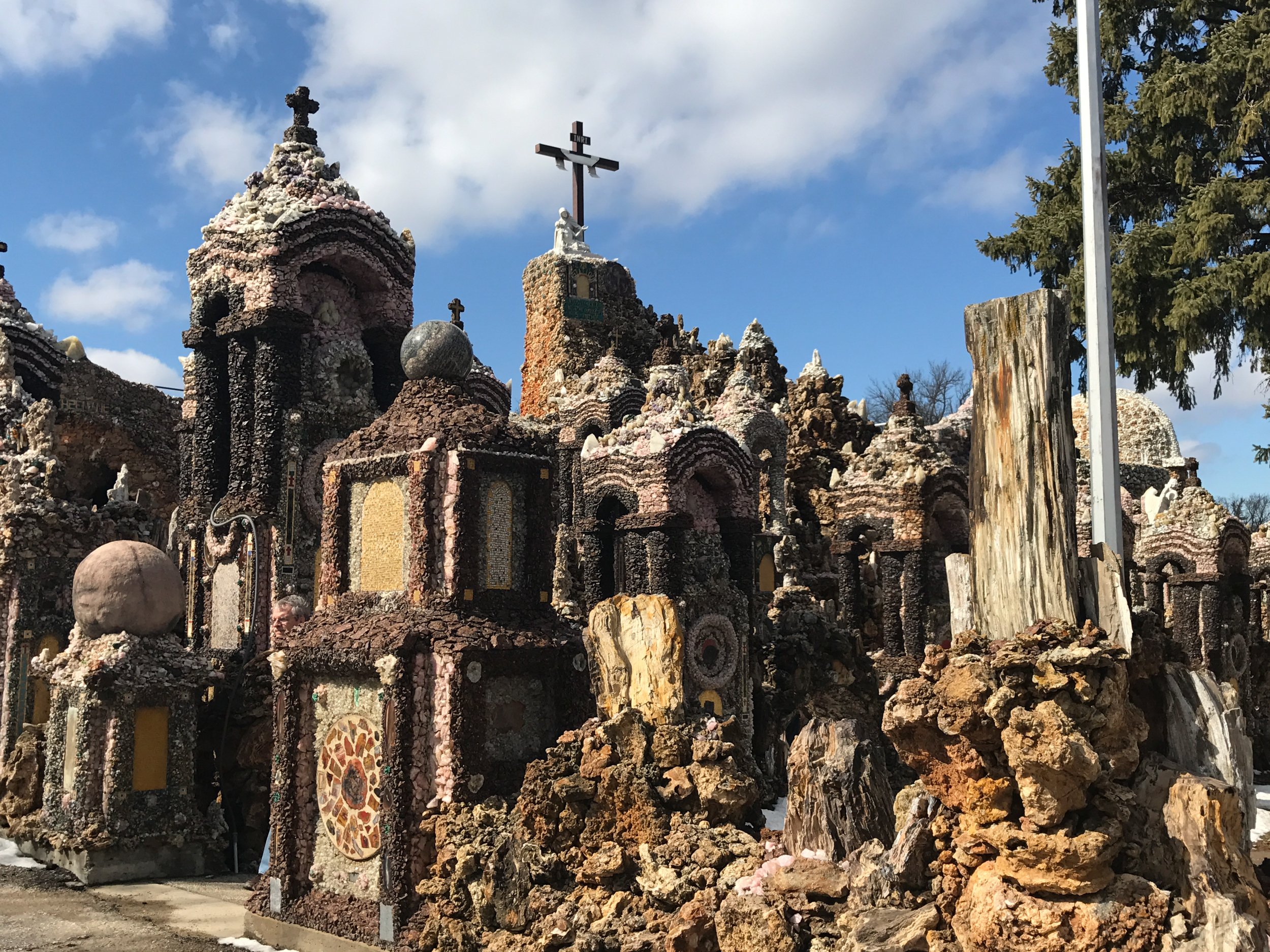
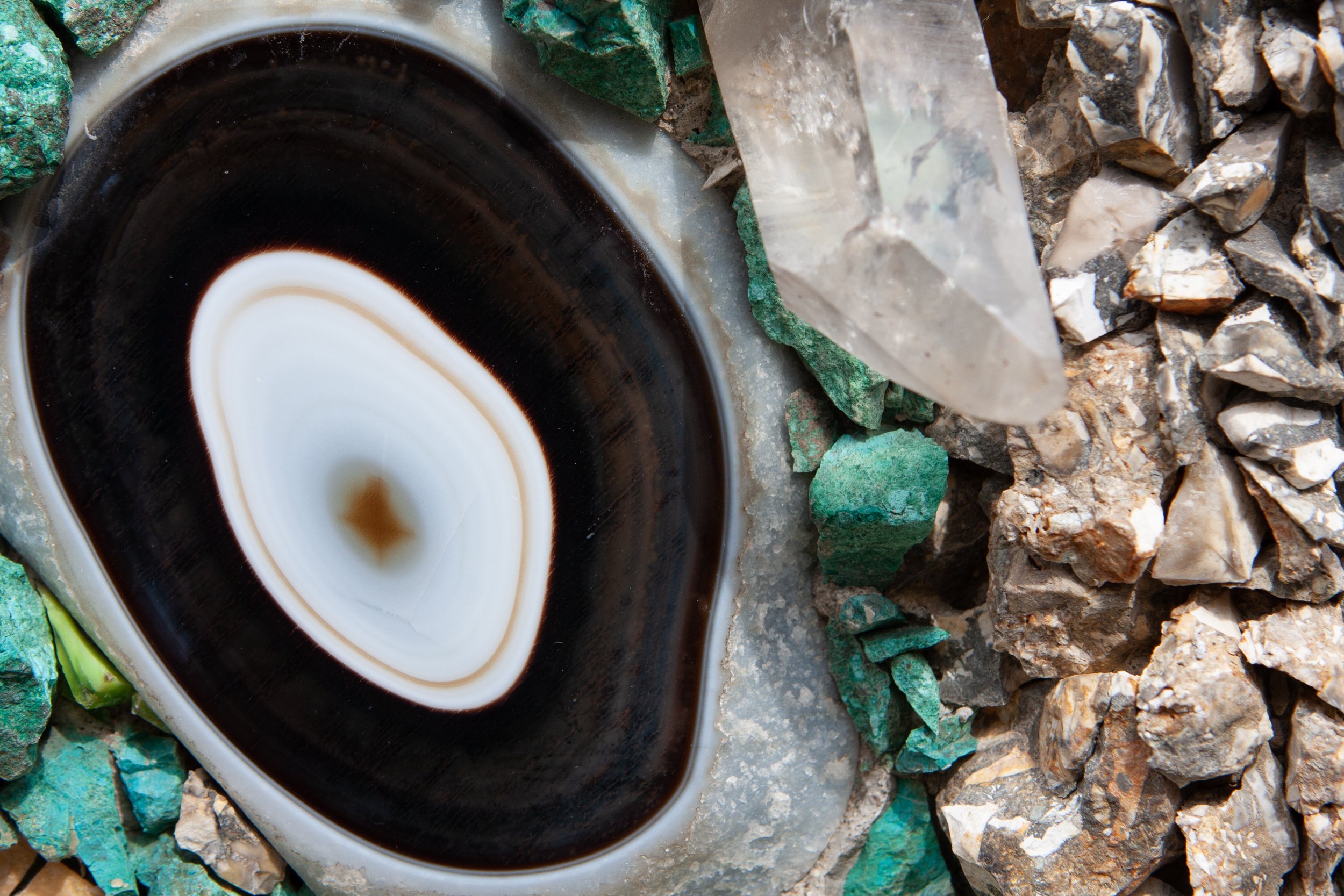
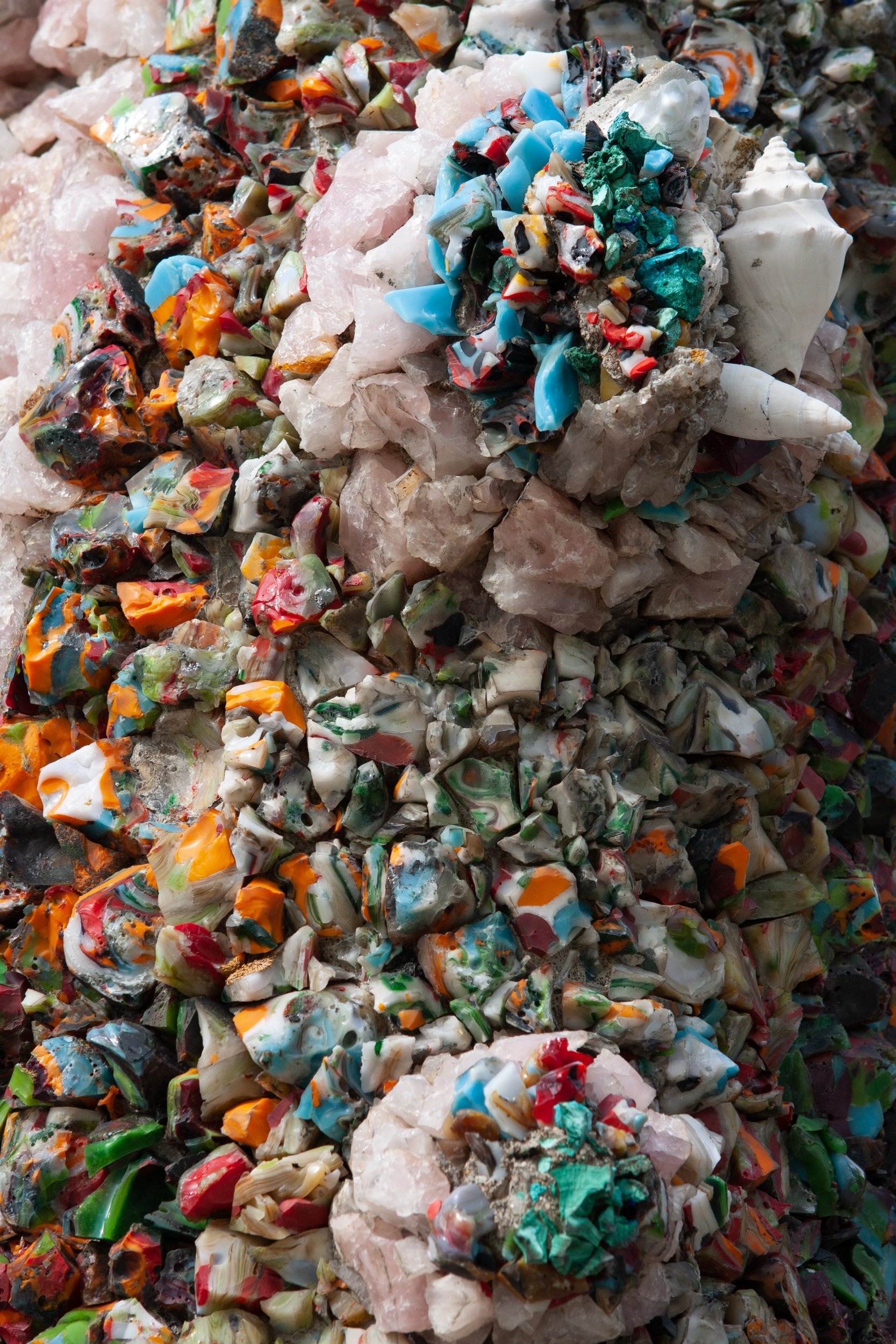
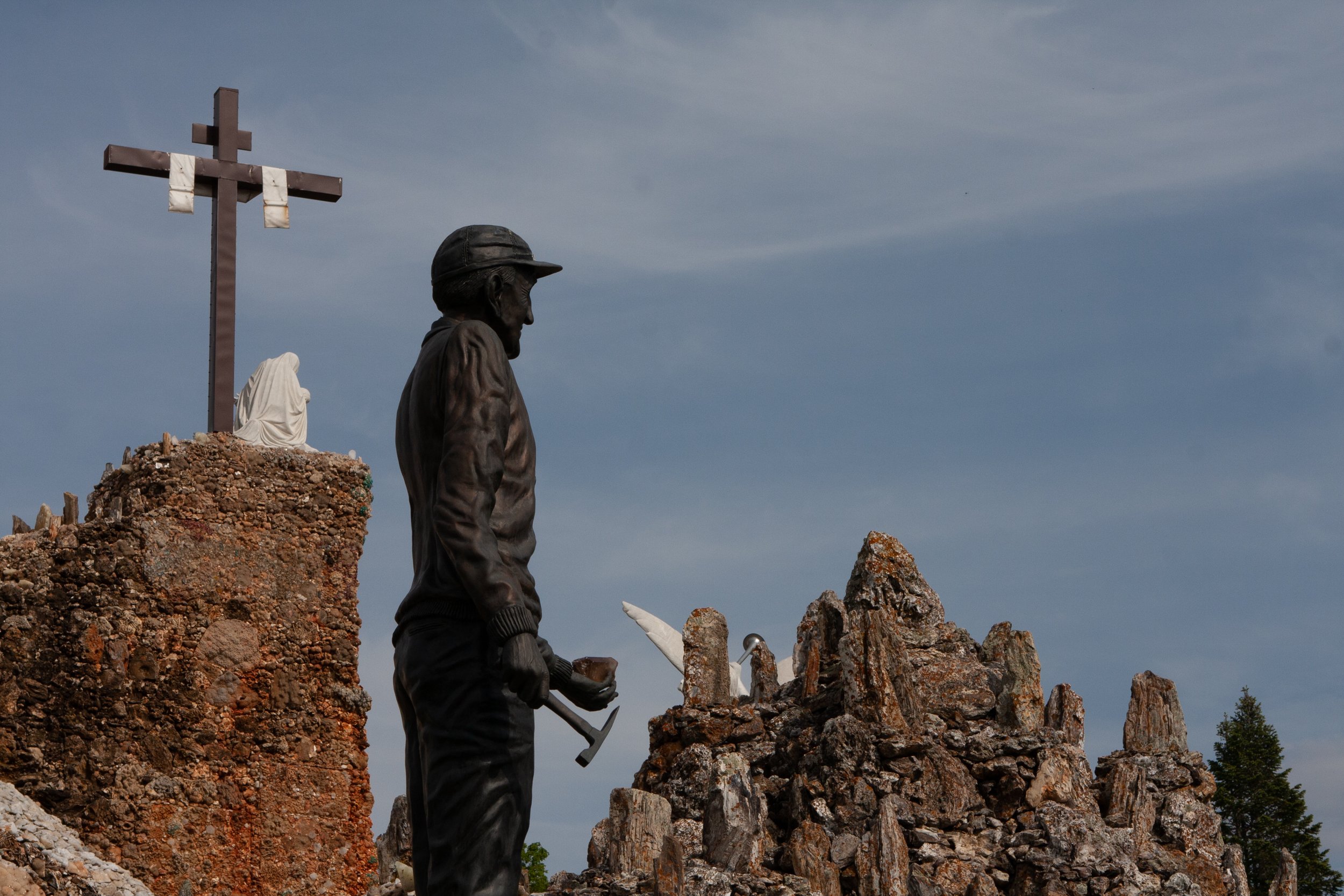
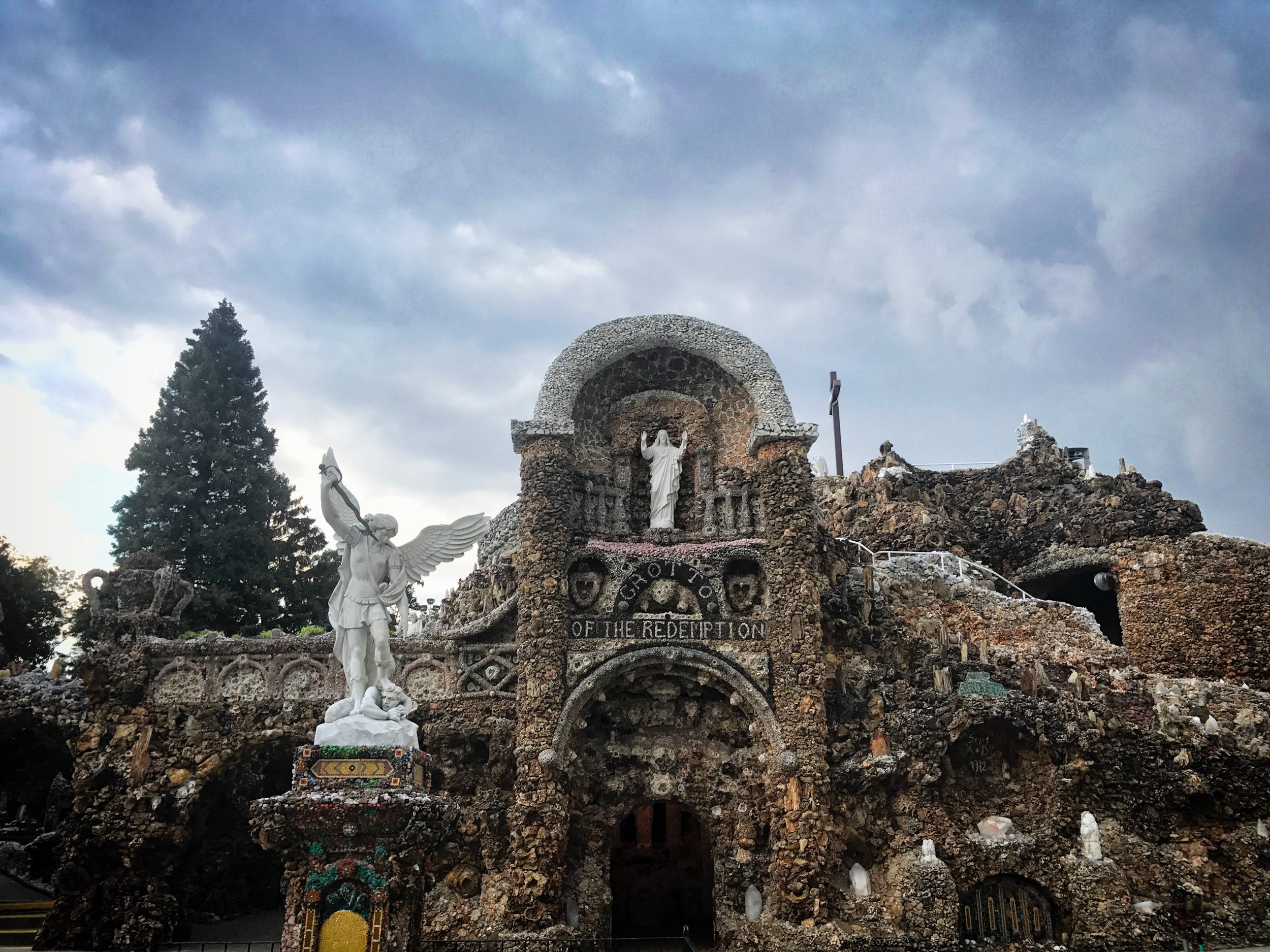
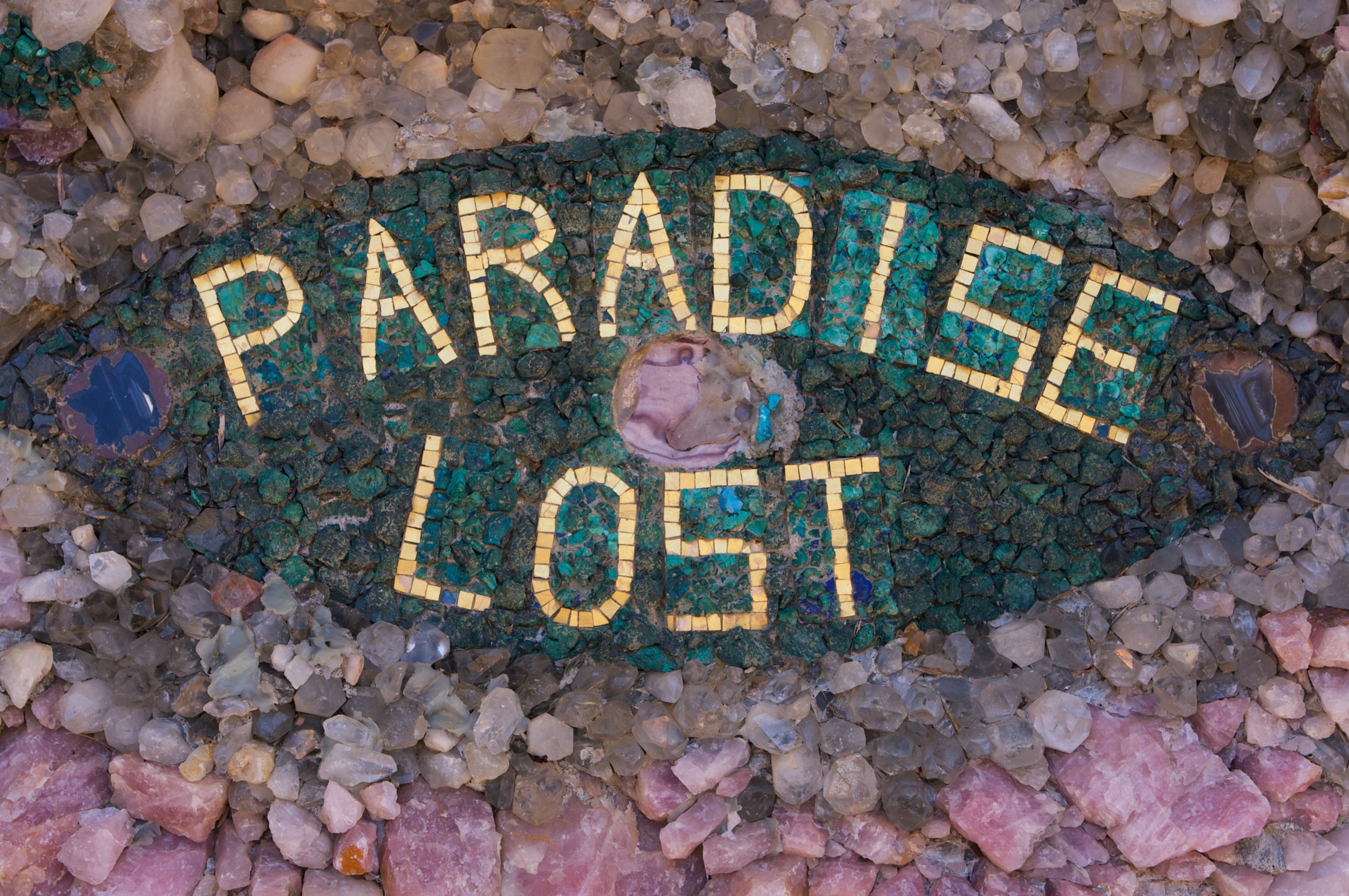
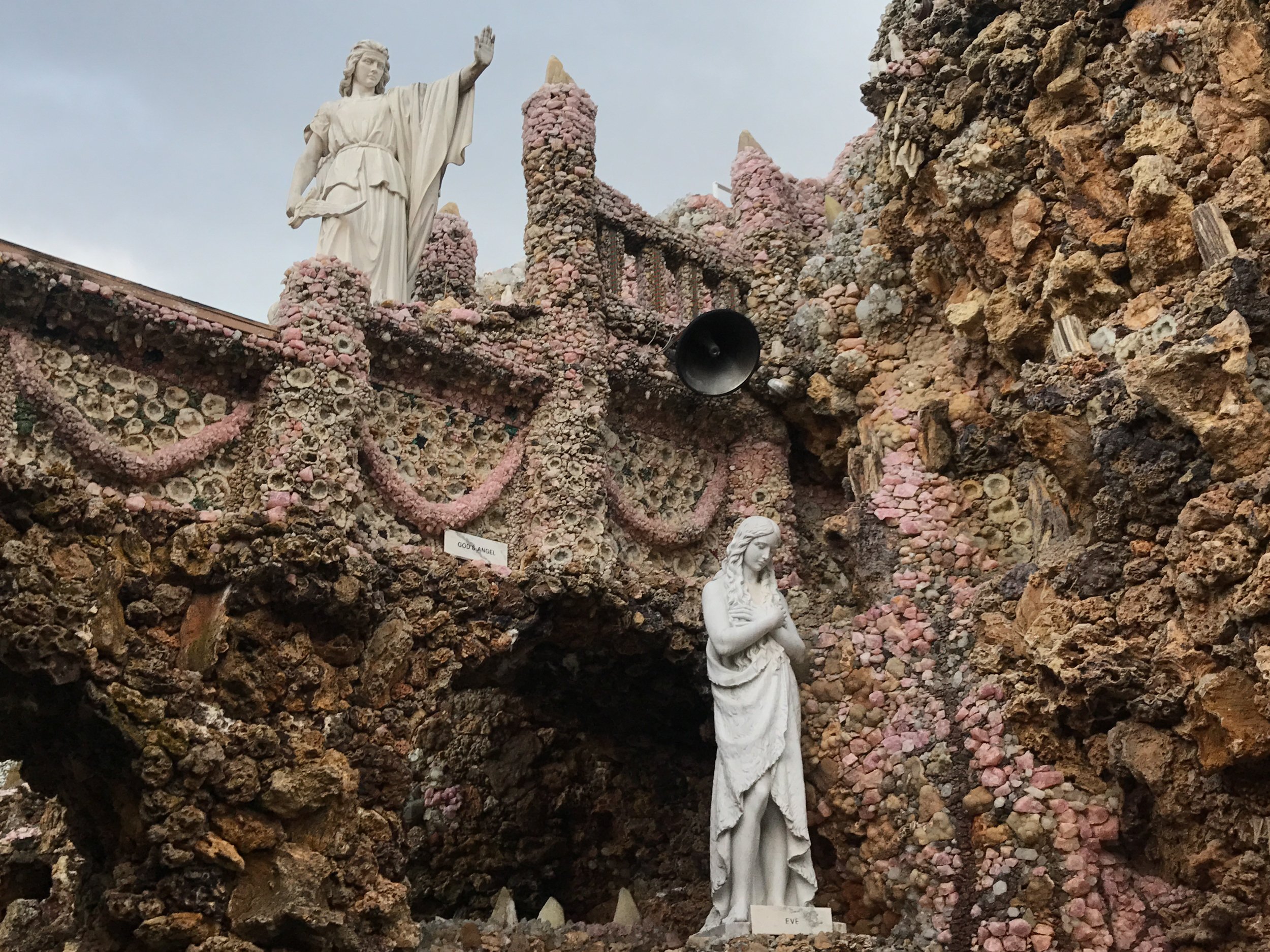
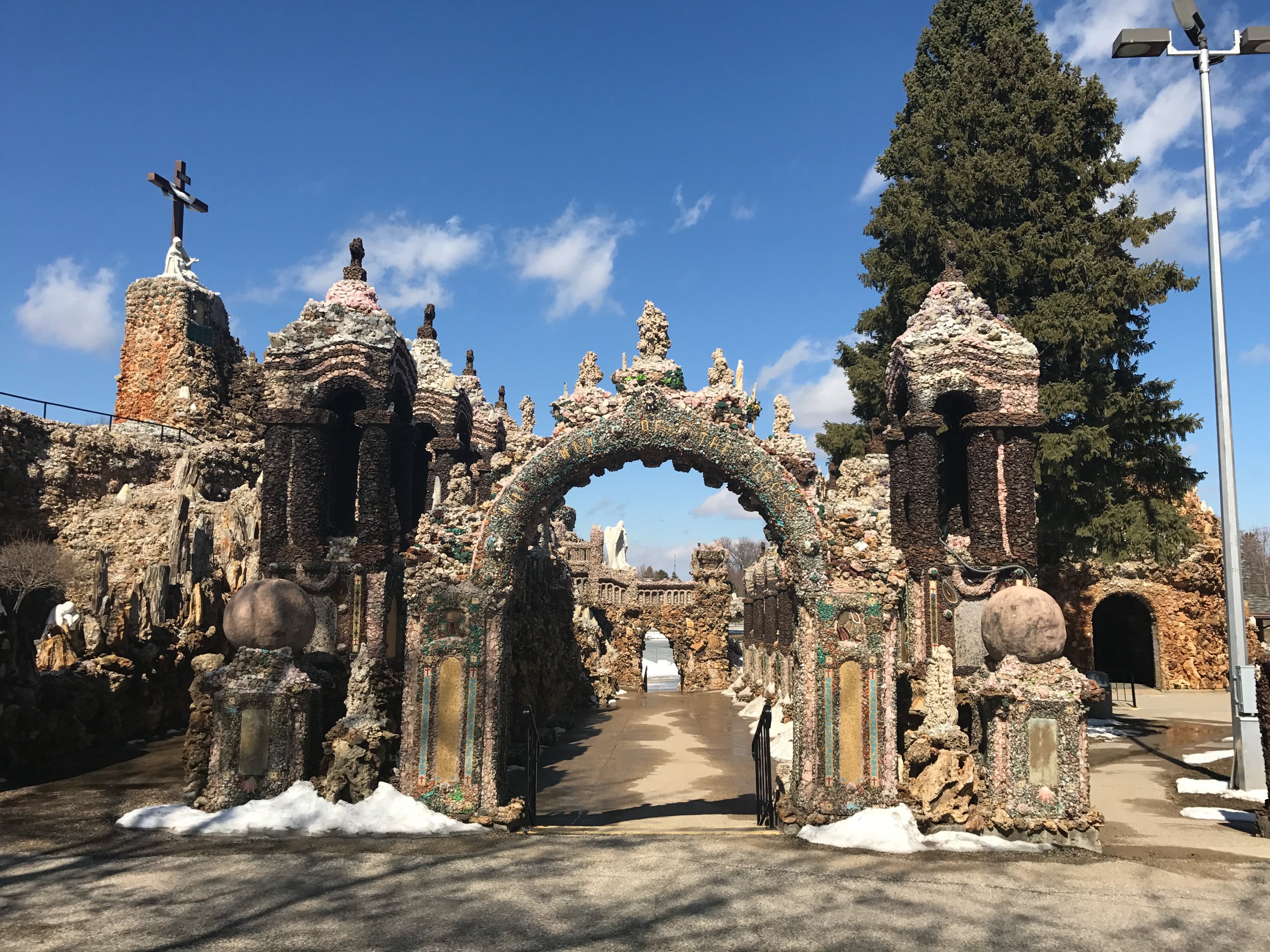
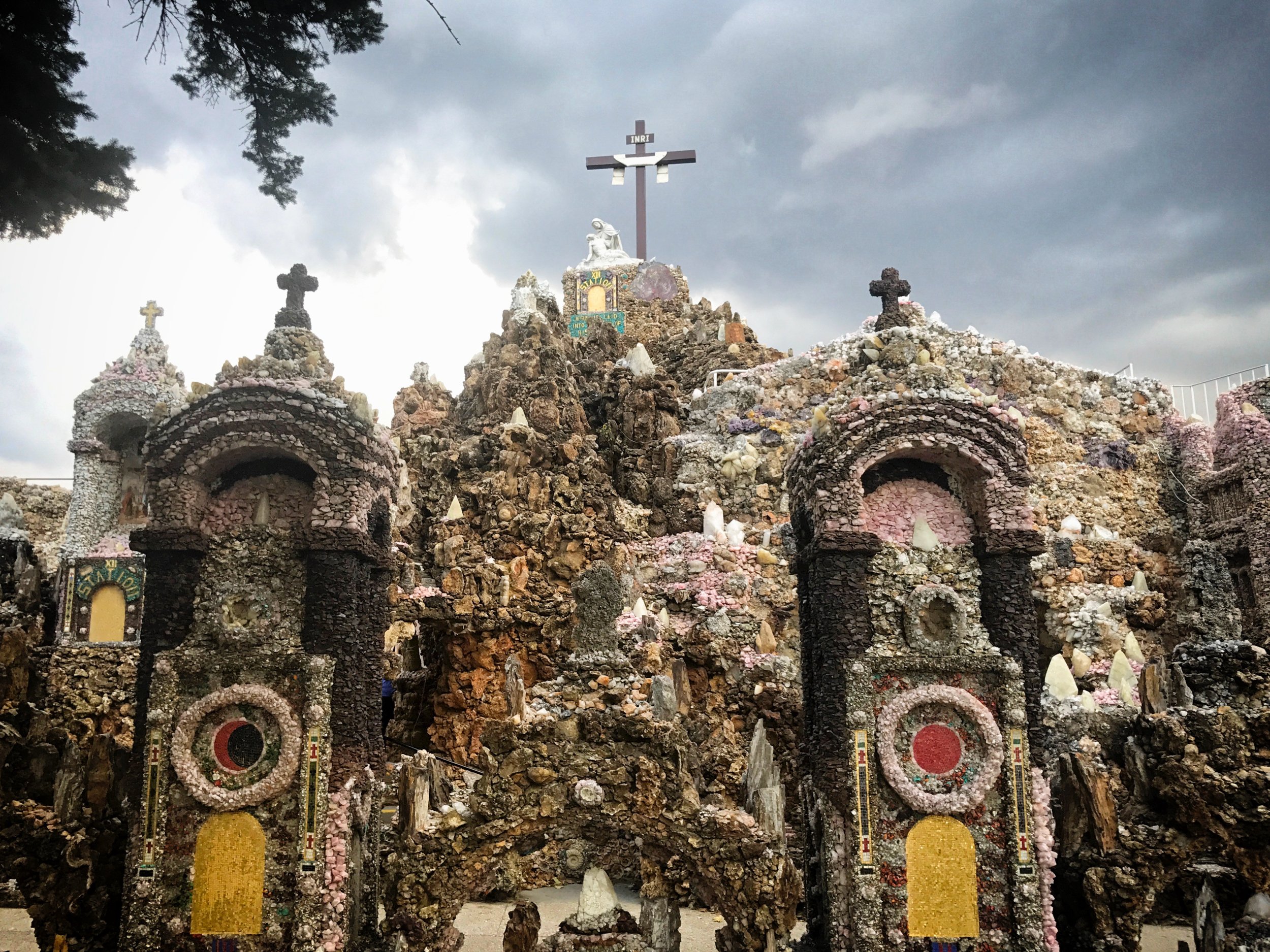
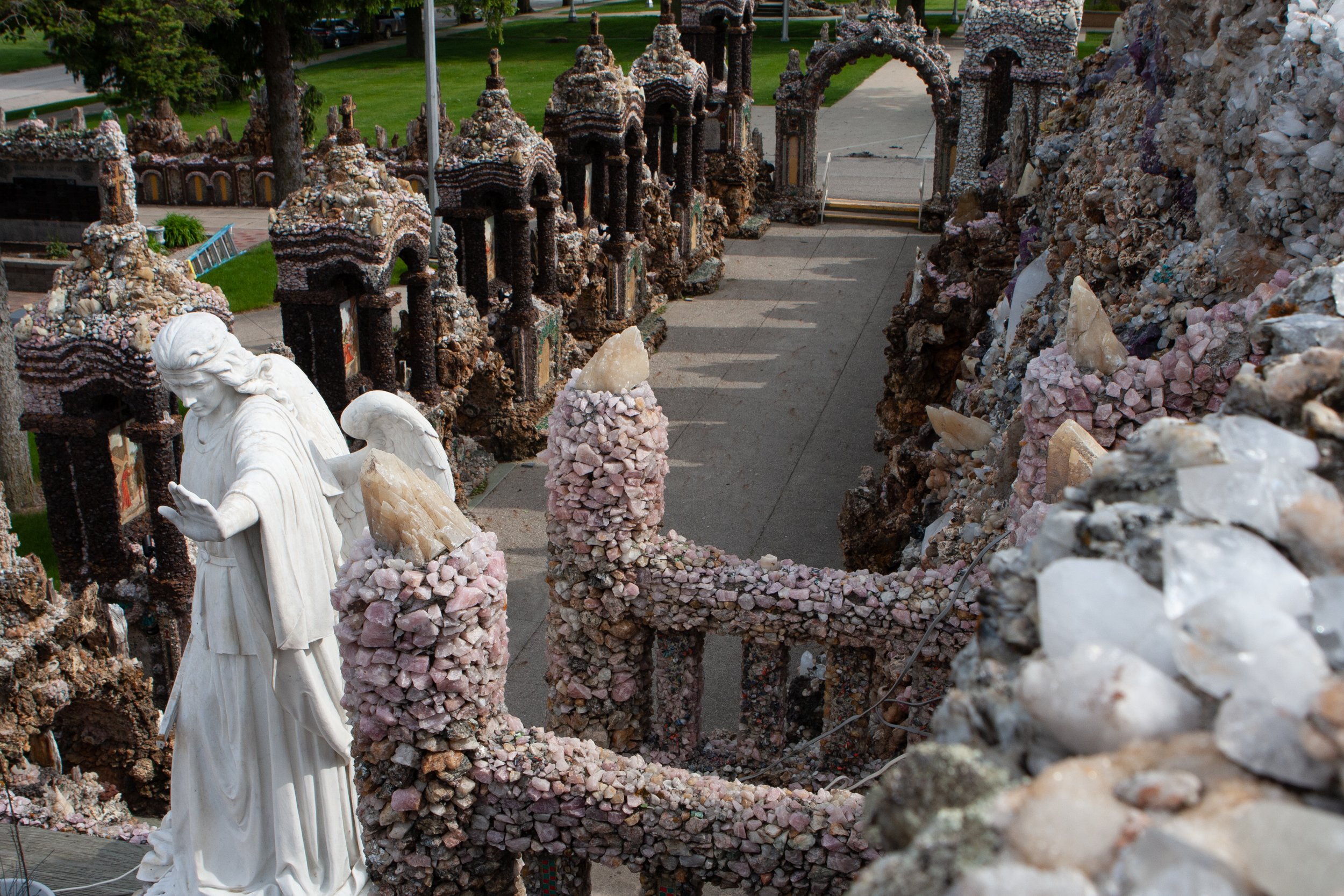
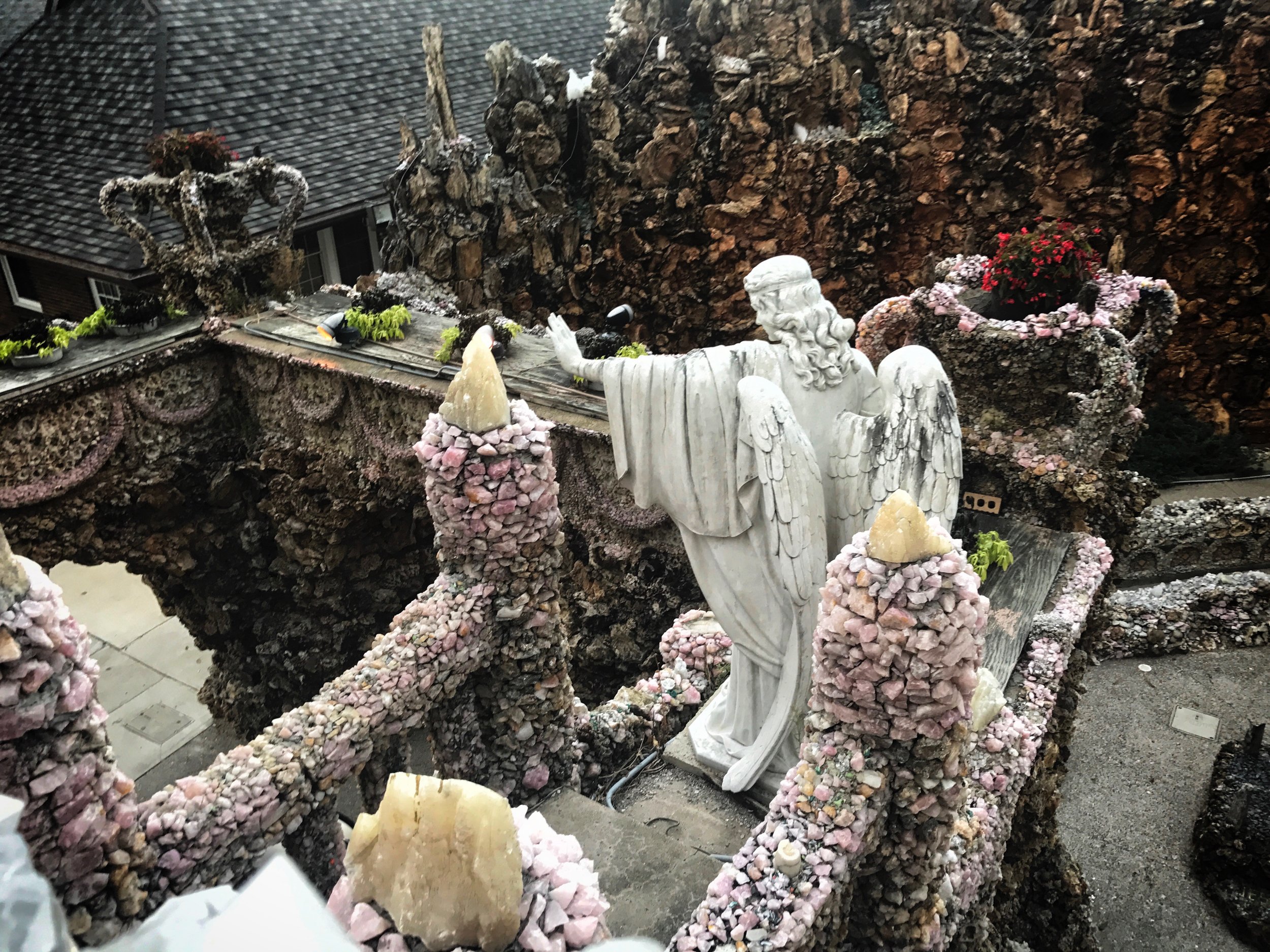
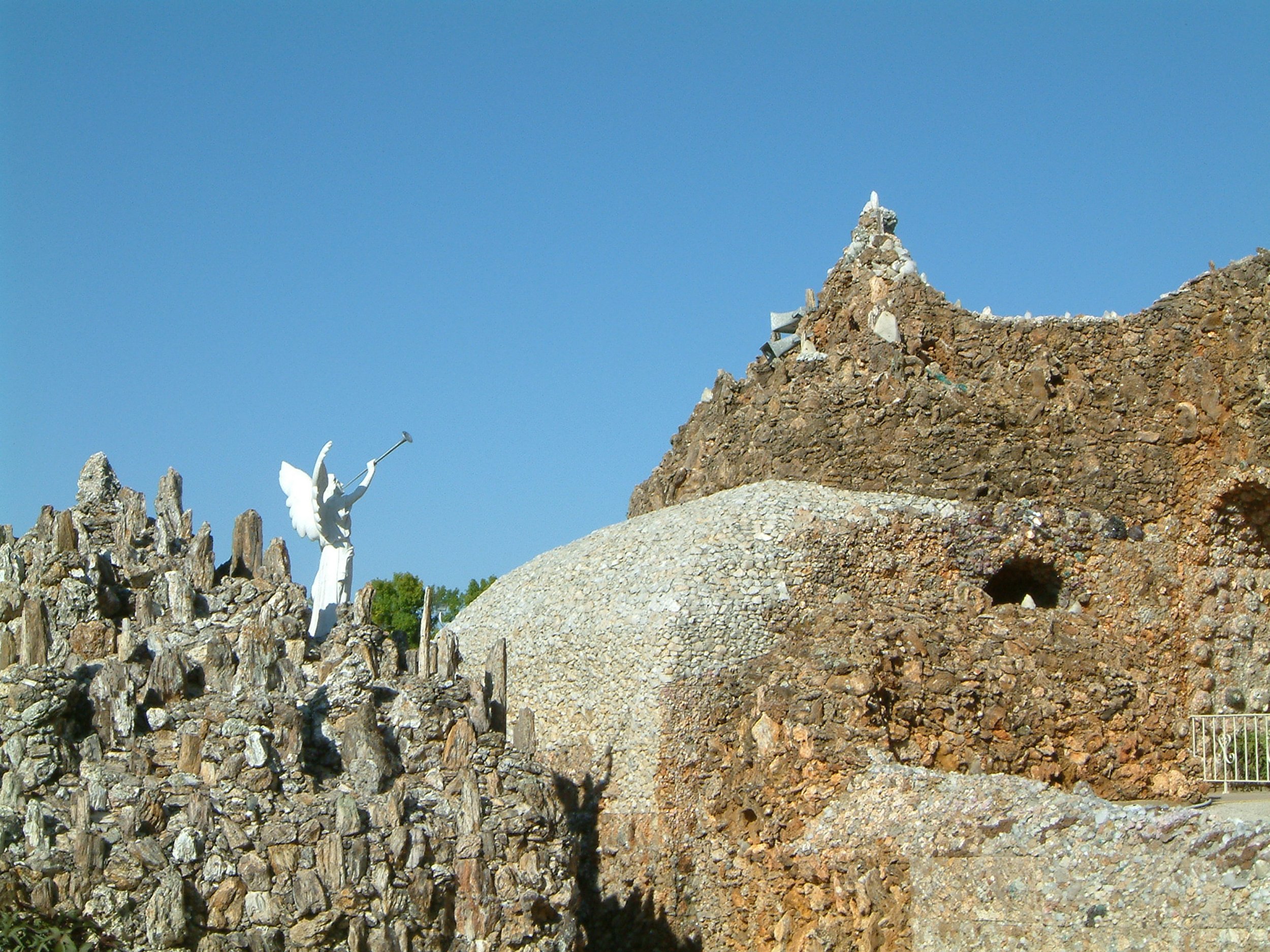
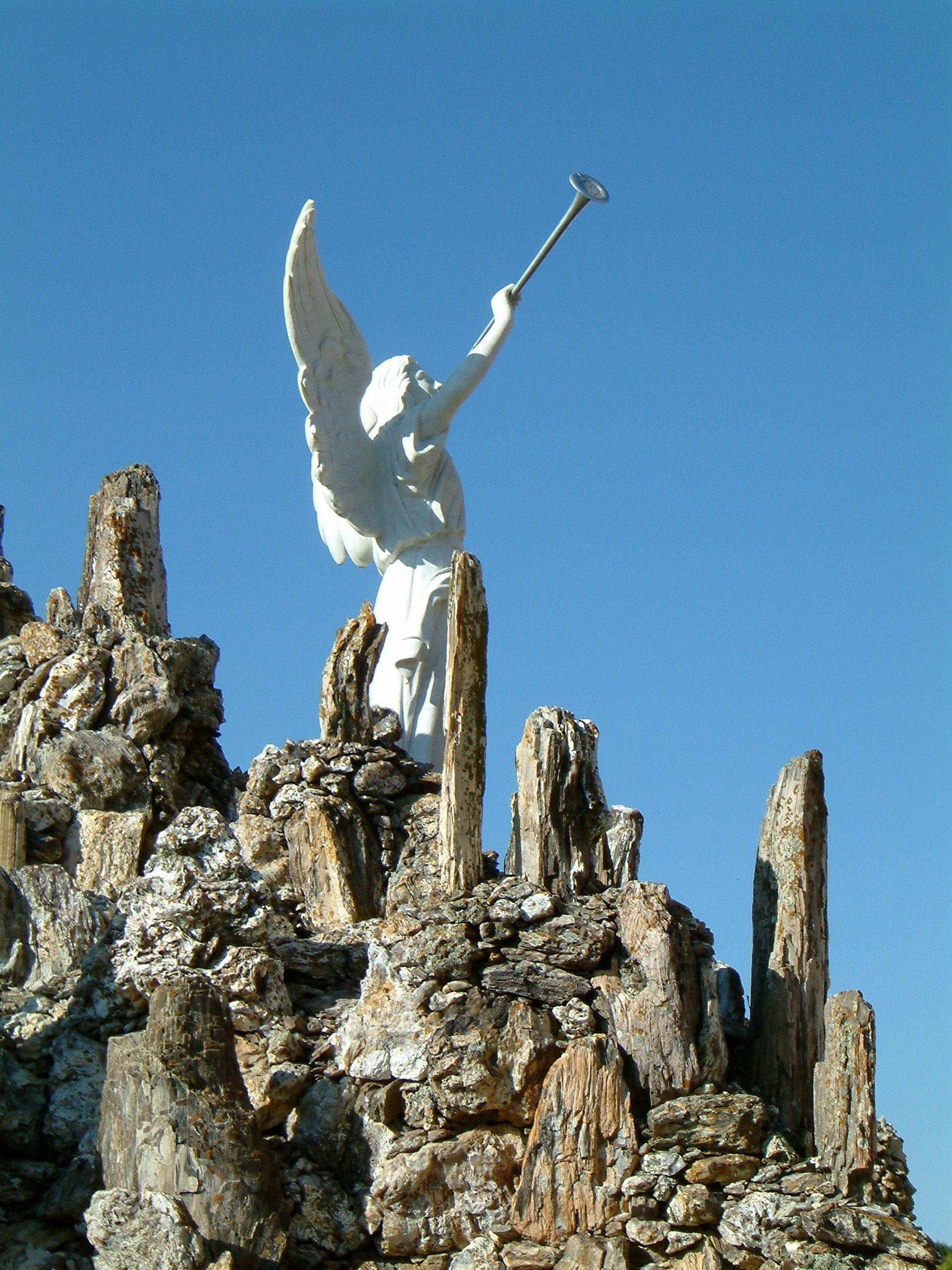
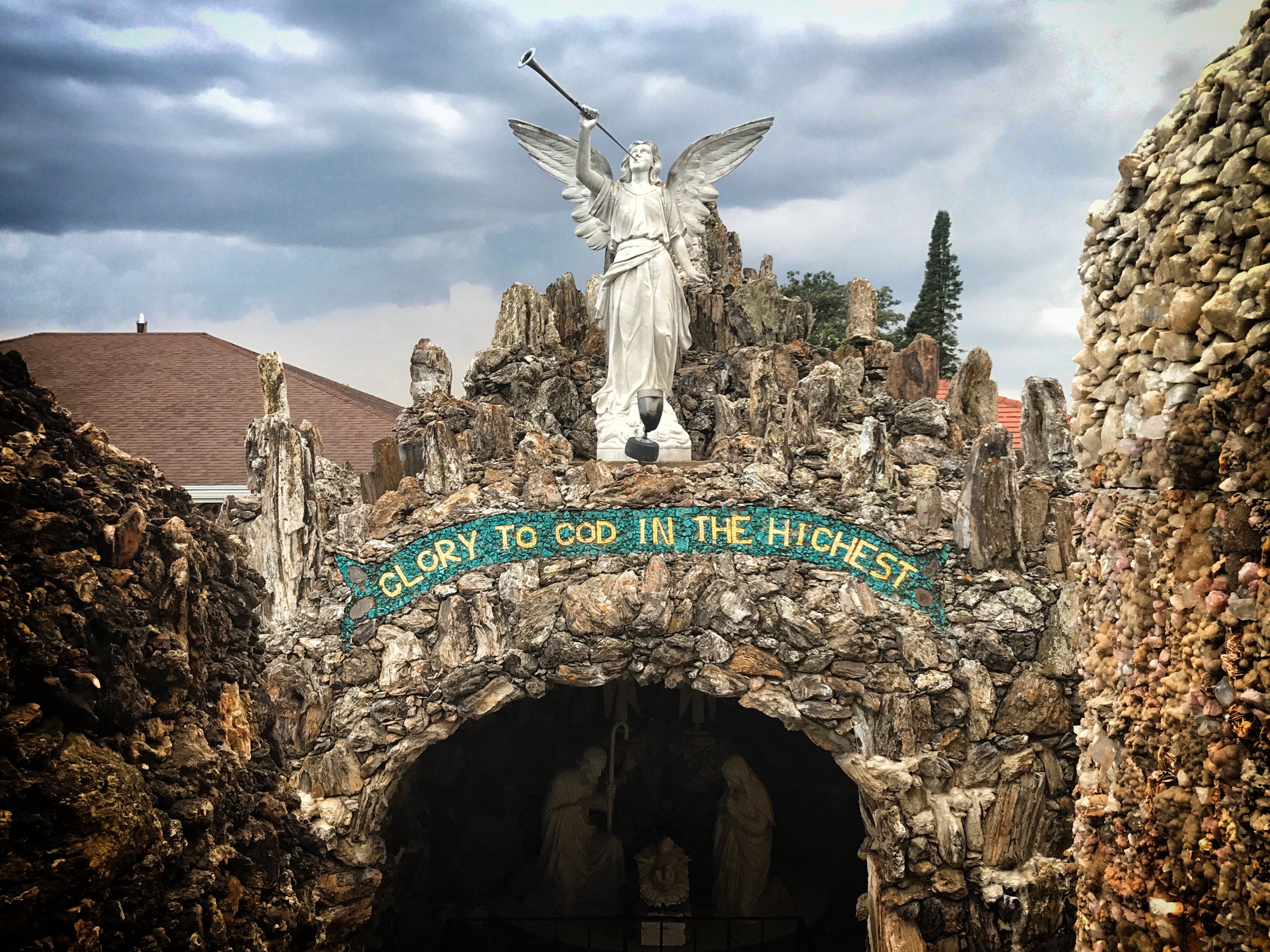
The eighth wonder of the world is in Iowa. At least, that's what the advertisements say, and who am I to argue with them? Rising out of the small town of West Bend (pop. 862), a part of Iowa where the landscape is seldom disturbed by anything larger than a grain silo, lies the Grotto of the Redemption. Grottos are a phenomenon we've seen a lot of over the years, but this one is King of the Hill.
Father Paul Dobberstein, creator of the grotto, was born in Germany in 1872 and immigrated to America in 1893. As the story goes, while a student at St. Francis Seminary he became seriously ill with pneumonia and promised to honor the Blessed Virgin should he recover his health. And apparently, when Dobberstein made a promise, he kept it, in a big way!
Assigned to the West Bend parish in 1898, he was digging the footings for his grotto by 1901. For over a decade he was stockpiling rocks and precious stones, and secured the parcel of land. The actual work of began to take shape in 1912, without the aid of any blueprints. He worked with rock, minerals, crystals, and concrete, hauling materials by the railcar-load. Apparently, Father Paul had studied geology during his student years and prized working with the finest minerals. He had an assistant named Matt Szerensce, and the two gathered materials relentlessly, sometimes hitching rides with their railroad handcar from passing trains, traveling to far-off places to bring home another load of interesting stone or minerals.
And they built, and built, and built. Pathways wind in and around the grounds, leading one through a maze of religious riches. The grotto, the story of the Redemption, the caves honoring the Blessed Mother, the 12 Stations of the Cross, and on and on, are all woven together in a tapestry of gilded stone.
There are almost a hundred carloads of rocks and stones, the vast bulk of which had to be processed, stored, classified and handled many times before it found it's final and proper place in the harmonious structure. Winters were often spent making the rosettes of crystals that would be added to the grotto in the warmer months. The entire panoramic beauty is made of 9 grottos or scenes from the life of Christ, creating the story of redemption.
Until 1947, all of the work was done by hand. Finally, the urging of Father Greving to get an electrical hoist to lift the rocks, cement, steel, and stones was heeded. No accounting was made either of the many man-hours of labor involved in building the Grotto or the money expended in gathering the stones and shaping them into a harmonious unit.
Credit: West Bend Grotto http://www.westbendgrotto.com/
Creator: Father Paul Dobberstein: 1872-1954
Creation date: 1912-1959
300 N Broadway
West Bend, IA
515-887-2371
http://www.westbendgrotto.com/
-
"Detour Art—Outsider, Folk Art, and Visionary Folk Art Environments Coast to Coast, Art and Photographs from the Collection of Kelly Ludwig" by Kelly Ludwig, Kansas City Star Books, 2007.
"Rare Visions & Roadside Revelations" (the book), by Randy Mason, Michael Murphy and Don Mayberger, Kansas City Star Publishing, 2002. "
Rare Visions and Roadside Revelations, "Neighborly Northerners", KCPT, Kansas City Public Television, 1996-2001.
"Sacred Spaces & Other Places: A Guide to Grottos & Sculptural Environments in the Upper Midwest" by Lisa Stone and Jim Zanzi, Chicago, IL: The School of the Art Institute of Chicago Press, 1993.
"20th Century American Folk, Self Taught, and Outsider Art" by Betty-Carol Sellen, Cynthia J. Johnson, Neal-Schuman Publishers, New York, 1993.
"Self-Made Worlds: Visionary Environments" by Roger Manley and Mark Sloan, Aperture, New York, 1997.
"Self Taught, Outsider, and Folk Art—A guide to American Artists, Locations and Resources" by Betty-Carol Sellen with Cynthia J. Johnson, McFarland & Company, 2000.
"American Self-Taught Art: An Illustrated Analysis of 20th Century Artists and Trends with 1,319 Capsule Biographies" by Florence Laffal and Julius Laffal, 2003.
"Rare Visions and Roadside Revelations Coast to Coast Travel-o-Pedia" by Randy Mason, et. al., Kansas City Star Books, 2009.